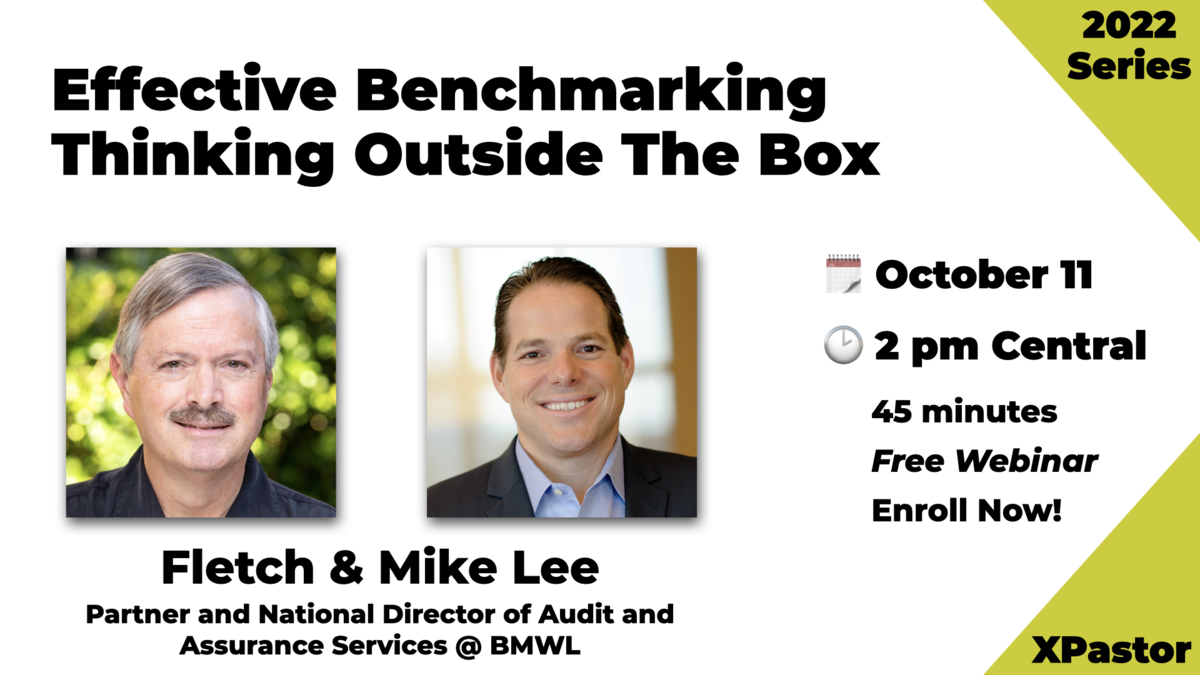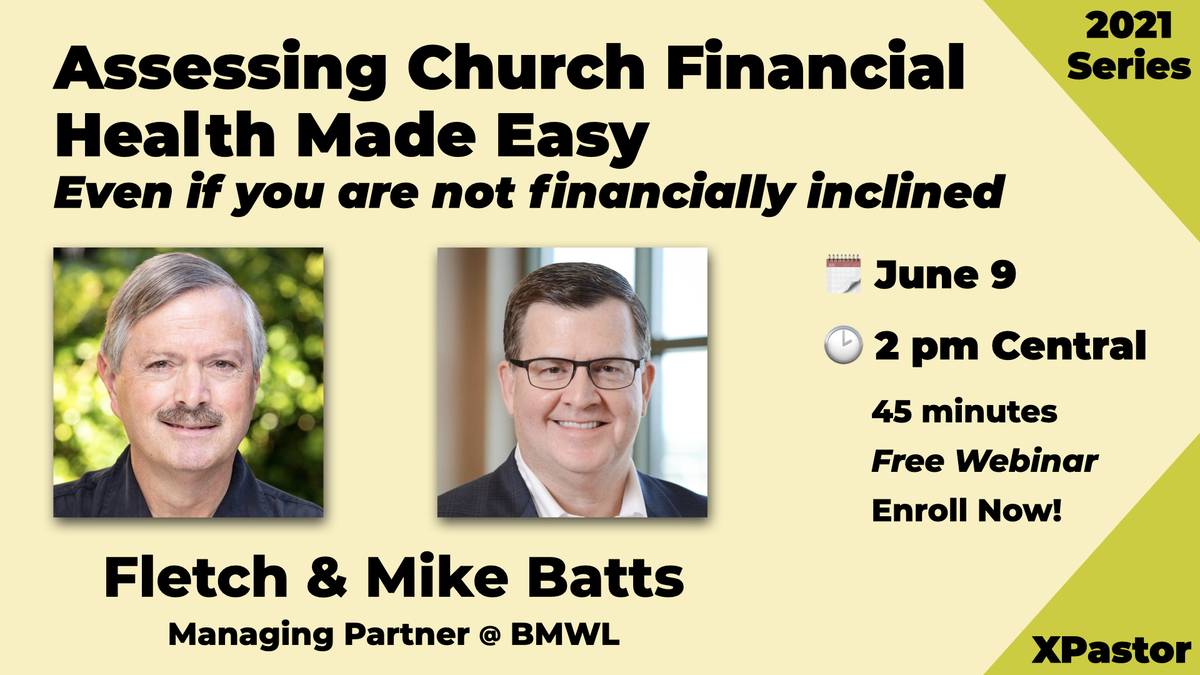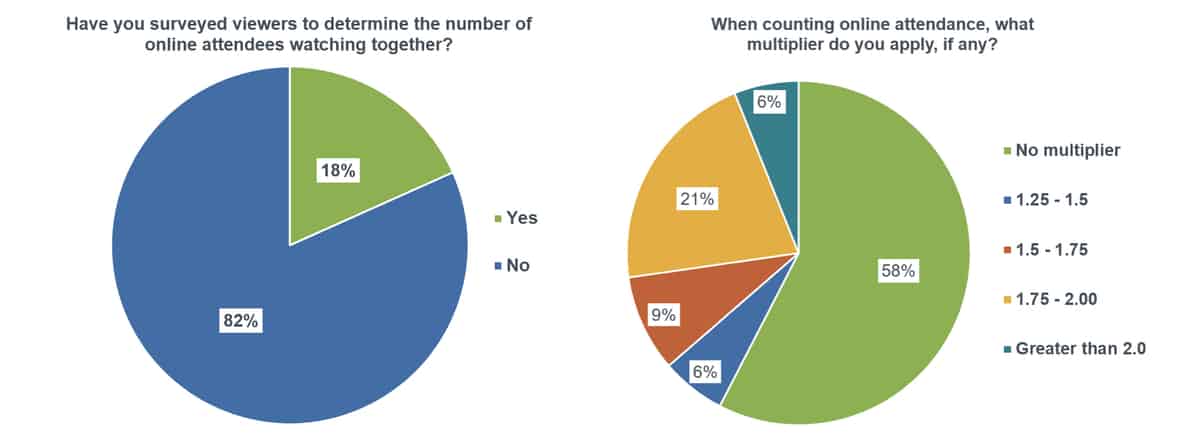Churches are in the charity business. They are commanded by God to help the poor, the sick and the wounded. But the church also must abide by tax rules designed to prevent abuse. This article will help churches design their benevolence programs to fulfill both the Scriptural mandate and the tax rules.
What is Benevolence?
Benevolence is identifying and meeting the needs of individuals that they cannot meet themselves. Individuals often call upon churches when they are broke. The most common requests include food, utilities, rent, medical expenses and transportation. But they can range from the compelling to the absurd. For example, one individual asked the church to provide school supplies so their children could attend school, while another asked the church to provide a Lexus automobile so he could land an outside sales job. From a stewardship perspective, the church should separate the reasonable from the unreasonable.
For purposes of this column, I will restrict benevolence to financial needs since the IRS is most concerned about the money. Financial need may be met with cash or in kind helps. This definition is broken into two requirements: (1) needs and (2) recipient resources. The church must document in writing that all benevolent expenditures meet both requirements.
“Need”
The term “need” remains undefined in the tax authorities. So, churches usually resort to the dictionary when they must define “need.” Webster’s Dictionary says that “need” equals “necessity.” Necessity usually includes food, shelter, clothing, transportation and health care expenses. For example, assume a single mom approaches the church about her need: her unpaid electric bill. Since electricity is needed in most residences, the church may consider this a need.
Of course, need is subjective. A church should not consider a request for $200 sneakers a need, though it fits the clothing category. On the other hand, providing modestly priced shoes would clearly fit within the definition of a “need.”
Needs get more complicated because some needs do not fit neatly into any category. For example, a child “needs” to participate in sports, but the family lacks the resources to buy the equipment. Another example: a welfare mom “needs” childcare to work. The church may adopt a written policy that gives guidance to the staff administering the programs.
The church should document that the request represents an unmet need. For example, the church could call the landlord and verify that last month’s rent is still unpaid. The church’s employee should prepare a memo to the file to reflect the conversation.
The benevolence gets more complicated when talking about a business need. The IRS has opined that a business can never receive church benevolence. Regardless whether this is confirmed later by court, every church should consult with competent legal counsel before giving a business any benevolence payment.
Resources
The recipient of benevolence must lack the resources to meet the need. This test is related to the type of need being considered. For example, if a tornado destroyed an individual’s house today, the test would be whether that individual had the resources to find a room for the night. On the other hand, if the individual’s house was destroyed weeks ago, then the test is whether that individual can afford substitute housing until his home is rebuilt. In the first instance, the availability of insurance is not relevant, while in the second instance, the availability of insurance is very important.
Most churches accept a tax return or paycheck stub as proof of resources. Sometimes a copy of a bank statement is required. Again, many times the church will also require the recipient to sign a statement where the recipient represents that they lack the resources to pay the need.
Discretionary Accounts
Many churches maintain a minister’s discretionary fund for benevolence. If the minister does not account for this fund or is the sole signer on the account, then all amounts placed in the account are taxable income to the minister. To prevent the minister being taxed on this account, the account should require at least two signatures and the minister should account for the expenditures just like the church’s other benevolence expenditures.
Repeat Requests
Nearly every church has at least one person who is continually in need, or at least continually requests assistance. The IRS grows concerned when the benevolence assistance is regular and continuous. If the person also volunteers at the church, the IRS will likely claim that the payments were wages. If the payment is substantial, the IRS will likely claim that the person is receiving a private benefit, jeopardizing the church’s tax-exempt status.
So every church should use extreme caution when the benevolence payment is substantial or regular. In one case that I handled, the IRS claimed that the church’s monthly payments to a widow for the last three years constituted taxable compensation due her deceased minister/husband. In another case, the IRS claimed that $20,000 exceeded any possible needs. The IRS takes a very hard line in these circumstances, so the church should consult with competent legal counsel if either circumstance arises.
Employee Benevolence
For better or worse, churches seem to attract needy employees. They may need their car repaired or have serious uninsured medical expenses. The Internal Revenue Code requires all benevolence payments provided to employees be taxed. The church must add the amount of the benevolent payments to the employee’s Form W-2, and if nonclergy, withhold all payroll taxes like the payment was wages. It makes no difference if the payment is direct or indirect, like to the employee’s doctor.
As a result, “love offerings,” pastoral appreciation gifts, Christmas gifts, anniversary gifts and birthday gifts that flow from the church to the church employees are always taxable. Even retirement gifts are taxable to the recipient. No exceptions to this rule exist.
If the church pays a benevolence payment to a “control person,” then the tax consequences get more complicated. If the IRS decides that the payment did not represent a true “need,” then the payment may represent an excess benefit transaction, subjecting the control person and the board or committee to an excise tax that can range from 10% to 200%, plus requiring the control person to repay the benevolent payment.
A control person is generally someone having substantial authority within the church. It’s clear that the senior minister, the treasurer, the business administrator or executive minister is treated as a control party. The ministers on staff that have substantial authority over a significant part of the church are likely to be control parties. Volunteer board members, finance committee members, benevolence committee members and personnel committee members may become control parties subject to the excise taxes.
Suggested Procedures
I suggest that the church adopt a written policy spelling out limits of the church’s benevolence. The policy should require a written application from the proposed recipient. The application should require a copy of an identifying document, such as a driver’s license. The application should also include a copy of the unpaid bill, if the bill is the source of the need. At least two unrelated individuals should make all decisions regarding the request. The church should retain the application and related documents, plus the decision document at least three calendar years after the decision was made. Also, the policy should require a separate application for each need. The church should have its policy reviewed by competent legal counsel. Finally, when faced with borderline requests, the church should consult with competent legal counsel before making the gift.
By following this procedure, the church can fearlessly face any IRS inquiry about its benevolence.











